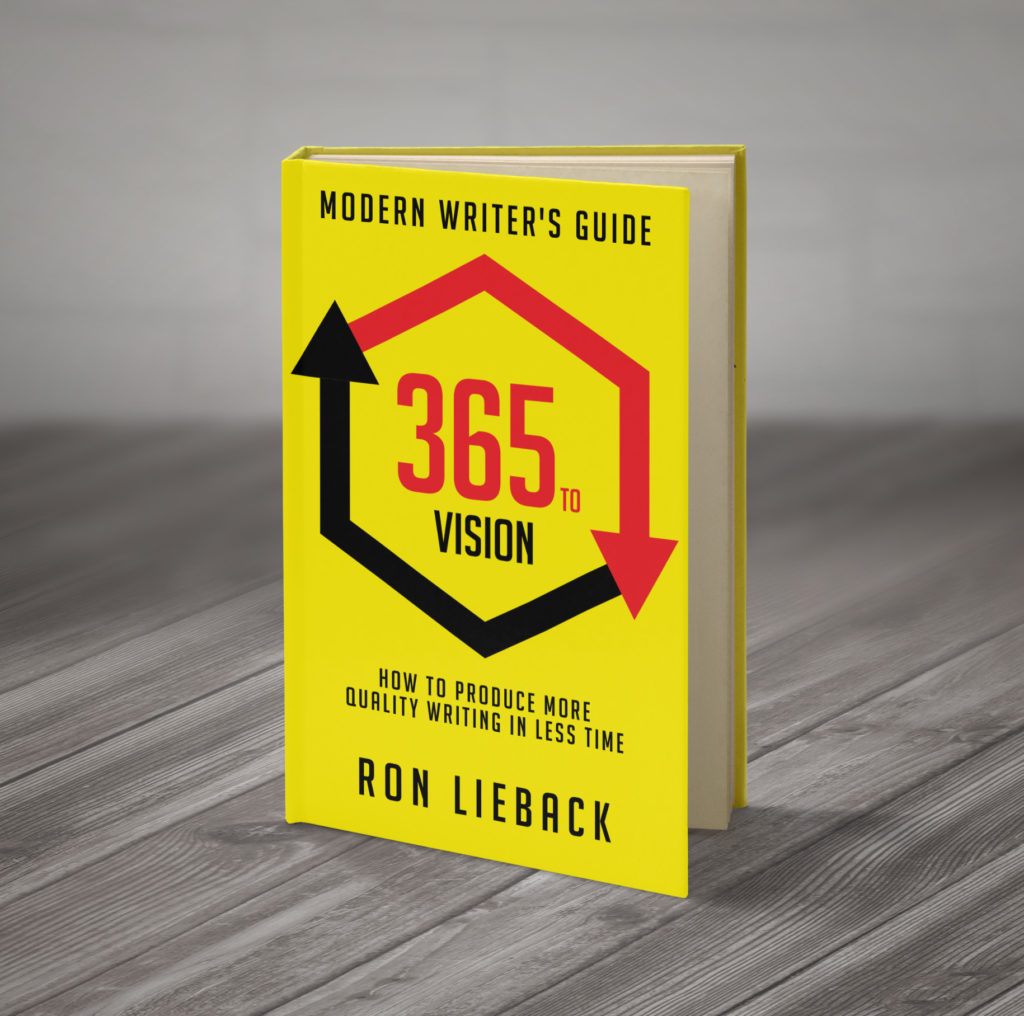You have a lot of freedom when writing a blog. Don’t let that freedom fool you, though – you still need structure. Aimlessly firing words onto a page can transform what started as a well-thought title into a madman’s ramblings.
How to write a blog with a step-by-step process is something you need to develop yourself. However, we can visit a basic layout to apply to your creative process to get rolling.
 What steps are involved in writing a blog?
What steps are involved in writing a blog?
What are the steps to writing a blog? If you’ve had any formal experience writing, you can apply everything you know, add some additional steps, and even throw in some liberties.
1. Research
Every blog starts with research. You want to get all of the homework out of the way first, to save yourself time. Yes, you can visit notes and refresh yourself on some concepts, but you don’t want to risk learning a new bit of information at a point that forces you to rework the entire piece.
2. Identify Keywords
Once you’ve researched a topic, you can identify which keywords to incorporate into the title. Keyword phrases are critical to writing for SEO because they will help increase traffic. Use programs and study the competitors with Google analytics to decide what the strongest performing keywords are.
3. Brainstorm
Before you start writing, you need to brainstorm your angle. Figure out what’s essential, what keywords you can naturally incorporate into your work, and develop your voice. Always keep the audience in mind, find an angle that will appeal to them, and why what you have to share is vital to them.
In this step, you can develop other things such as the title and decide the topic’s critical points. It is wise to start putting these things on paper, along with any sources or influences for the topic before you begin outlining.

4. Outline
Creating an outline is where the writing begins because it functions as your roadmap throughout the process’s remainder.
You want to establish a beginning, middle, and end. Does this mean you need to do so in a formal manner? No. This is where you can take creative liberties to ensure you deliver the information as you see fit.
You want to cut out as much work as you can here without actually beginning to write. Decide where to include sources and key points and figure out how you want to incorporate them into the final product.
You may feel the desire to develop an outline as you brainstorm, but it’s better to wait until you have most of the ideas processed before you begin. Otherwise, you can run the risk of letting emotions and new thoughts change the direction entirely.
 5. Write
5. Write
With an effective outline, the writing process is simple. You’ve already established the points you want to highlight, and all that is left is to fill the gaps between them.
As with any form of writing, you need to develop a snappy intro, provide accurate content, and engage the reader. However, there are some more things to keep in mind for web-based material, and we will come back to that.
6. Proofread/Edit
ALWAYS. Edit and Proofread before hitting publish. The writing process can be intense, emotional, and you can easily overlook many errors as you move.
Grammatical errors, typos, inconsistency, and lack of direction are virtual death sentences. You must make sure all edits have been made before your work goes live.
Always check your work, have someone else read it, and use writing programs that help you increase readability and identify errors.
7. Add Media
Adding media should always be the final step. Some instances will fall into your lap that requires you to use a particular image or video clip.
You should avoid establishing these details before writing as best as you possibly can. Otherwise, you may feel forced to tailor your work to suit their presence, which can be detrimental to the final product.
Do I need to be concerned with SEO while writing my blog?
Writing for SEO is a strategy any blog writer should incorporate into their process. Without going too deep into what exactly this means, we should at least discuss why it is essential.
SEO writing helps generate traffic to your page. It includes some basic styling points essential to optimal performance and is not solely limited to Keyword selection.
You have to write in a manner that allows you to break information up into short sentences and paragraphs. You also must be sure that you include links and sources that make your work sharable.
If you want your work to perform well, you have to do these things. You do have the option to go back through and make these changes during the editing stage. However, this isn’t the best strategy because it increases the amount of time you spend working on a single blog.
How do I start a personal blog?
The writing process is one thing. Starting an actual blog – either business or personal – is another. We visit this after the writing process because you should have that down before you get started. It will only help you establish a better starting point.
Still, many folks can write and should start a blog, but just don’t know-how. Let’s break it down.
1. Identify Yourself and Your Audience
Before getting started, you should know as much about the audience you are speaking to as possible. Ensure you are willing and ready to provide them with accurate information and keep up with their trends.
You should also identify yourself as a writer. Figure out who you aim to be, establish your tone and message early on. Be ready to show credibility early on to enforce your stance and views on the topics you are covering.
 2. Create a Domain/Establish a Host
2. Create a Domain/Establish a Host
Creating a domain is simple. You have to find a content management system and website domain hosting service. There are dozens of these available to you, and they do charge service fees. However, with the proper strategy already in place, your blog can quickly begin to pay for itself.
3. Get to Work
After the two initial steps, you are ready to get to work. Be prepared, though. It isn’t as simple as pumping out random content or flying by the seat of your pants.
Initially, your site is unheard of, and you have to capture an audience to build momentum.
Your first blog post needs to be strong, establish credibility, clear direction, and set the tone for the content to come. You also need to have a set timeline for producing and publishing content and planning what those topics will be as far ahead of time as possible.
Concluding Thoughts
Writing a blog isn’t an incredibly challenging task. What can be problematic is waiting for it to take off. Many people don’t have the patience for the audience to build, and it really can be discouraging. However, by giving yourself a bulletproof writing process and using SEO writing to your advantage, you can succeed.



